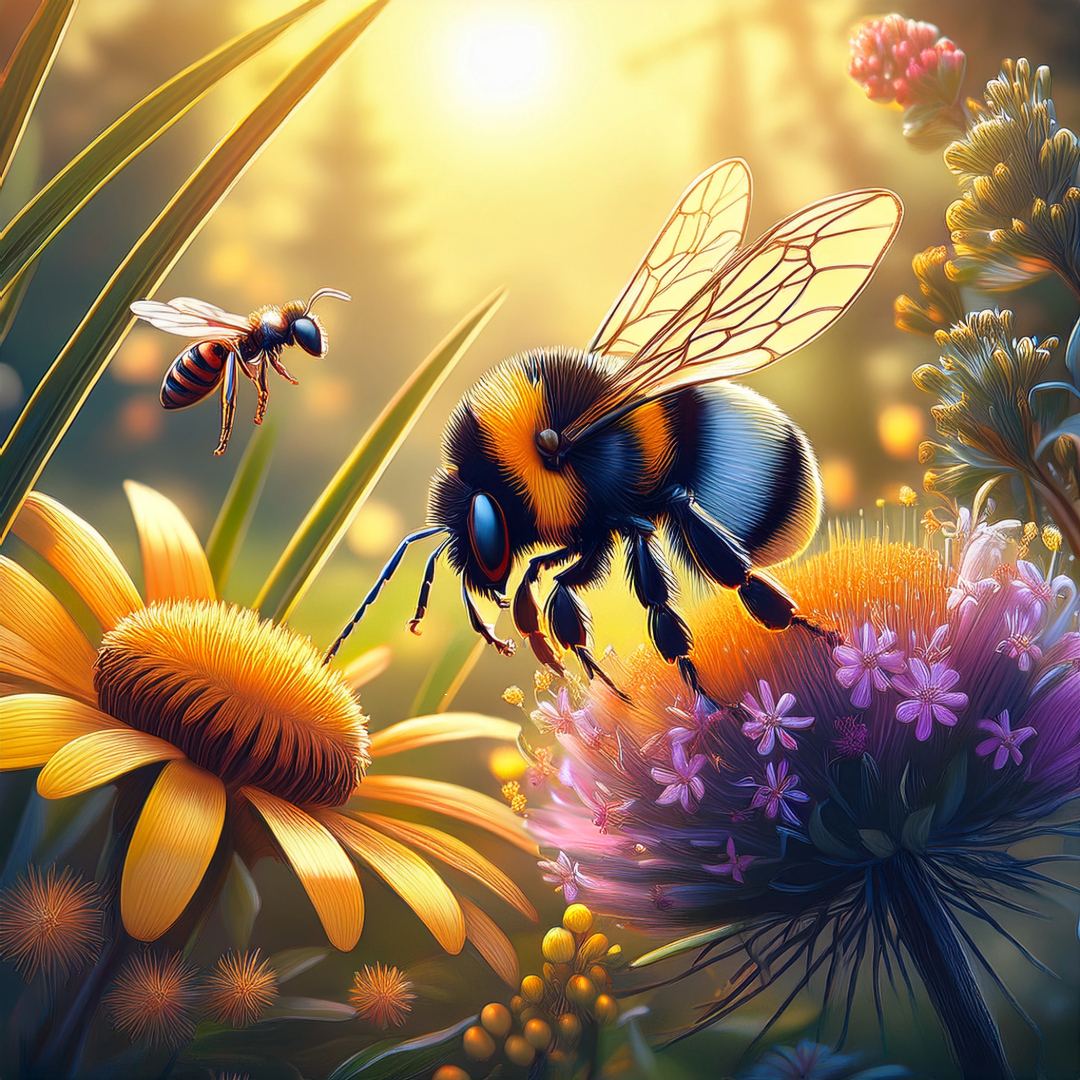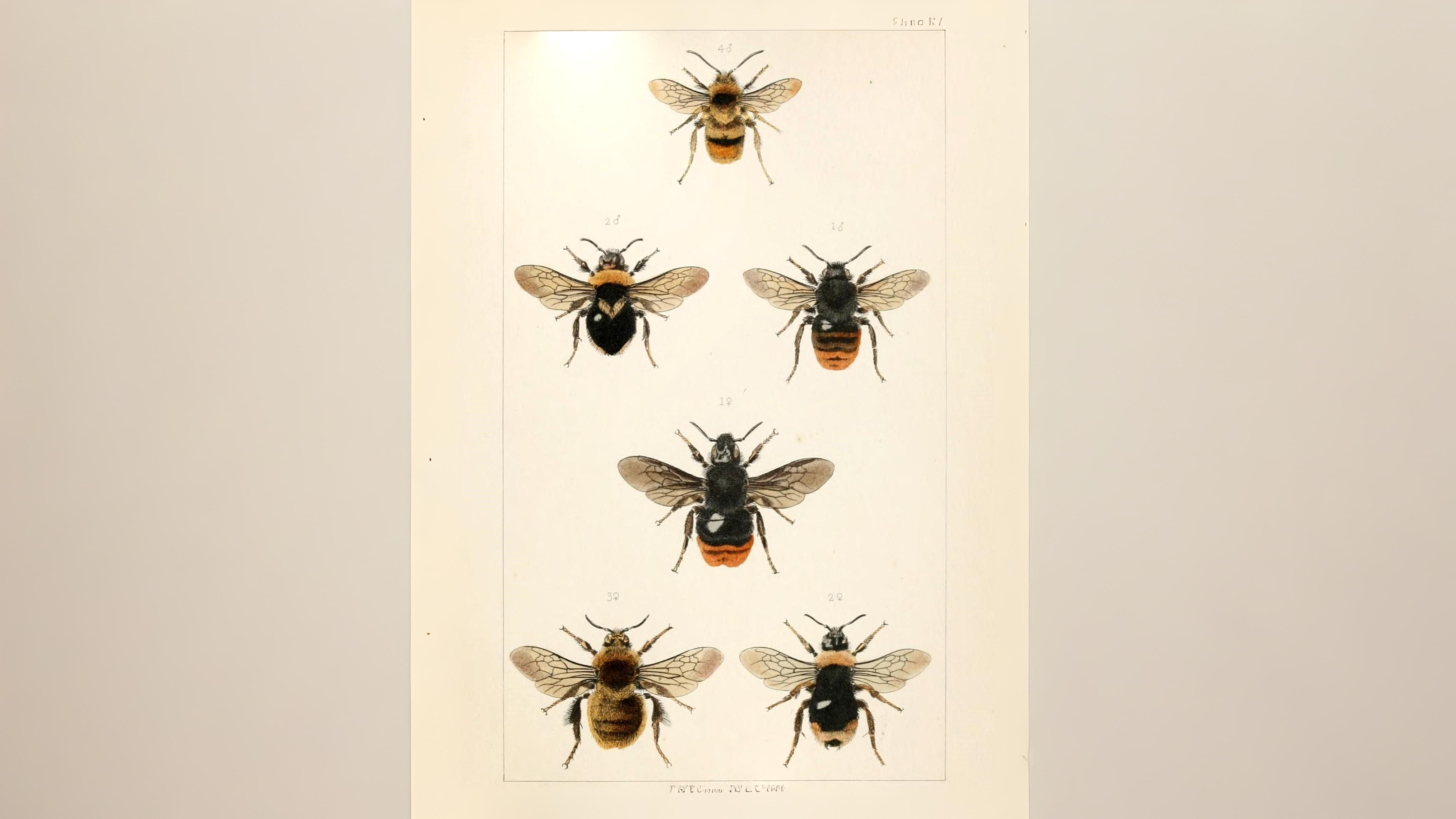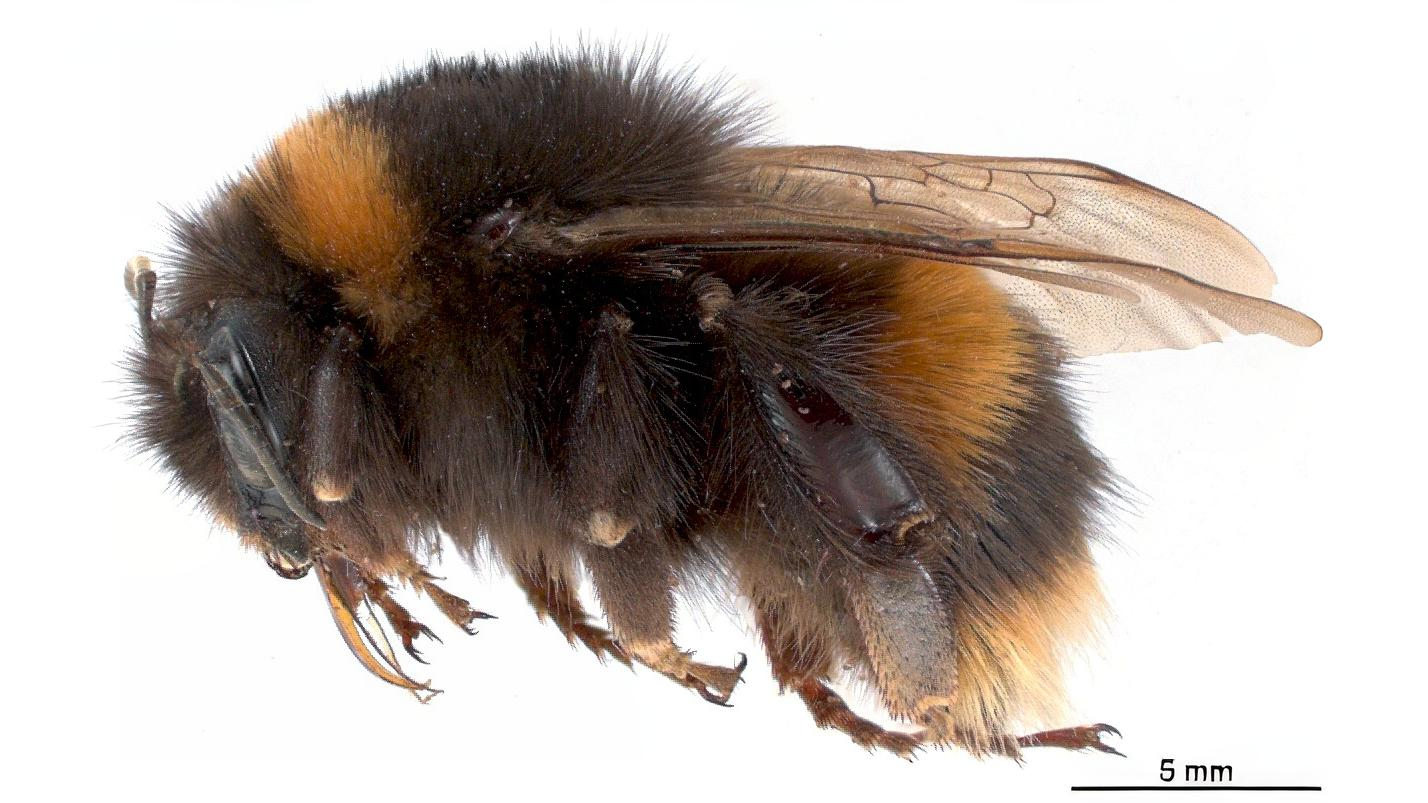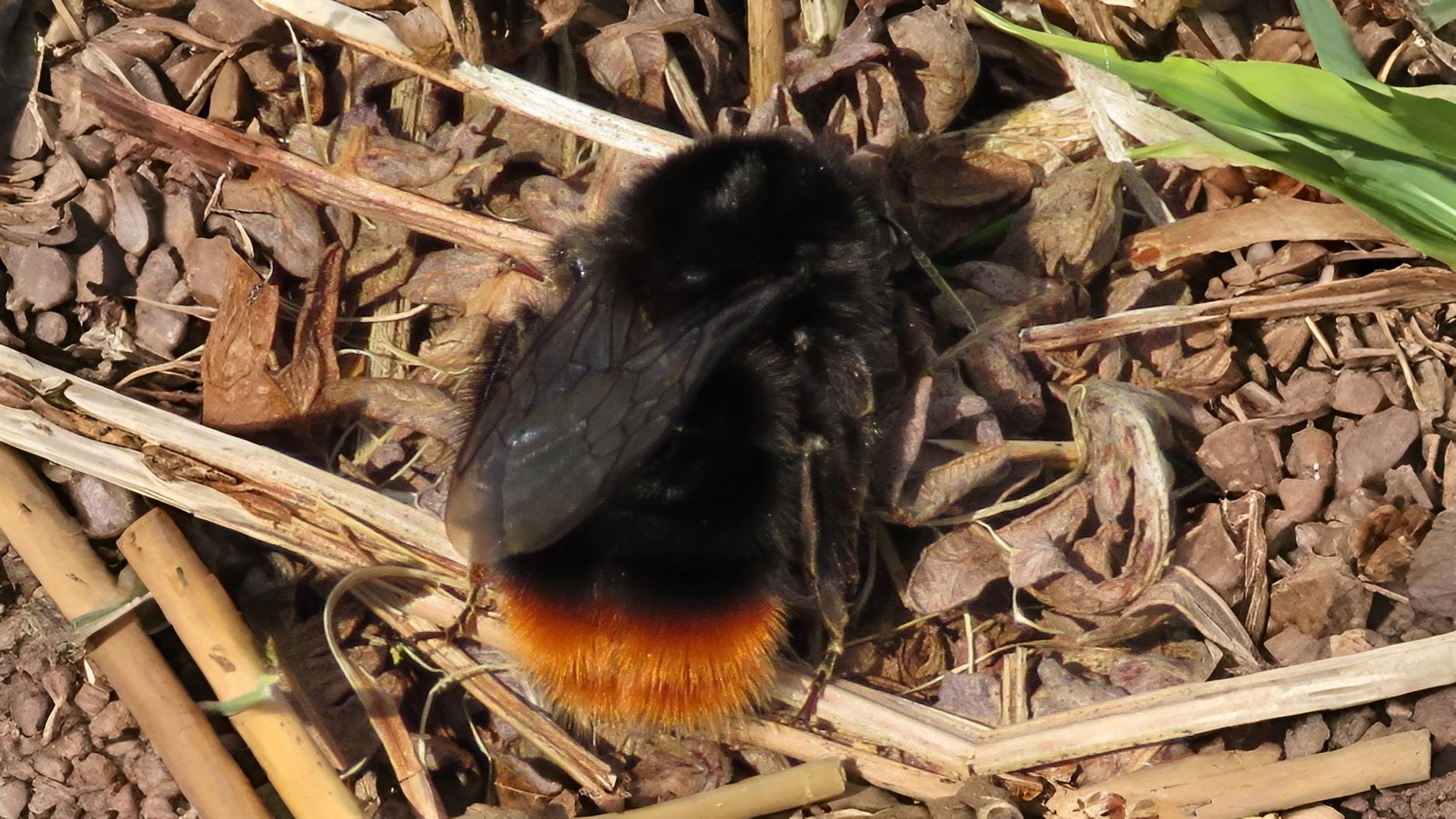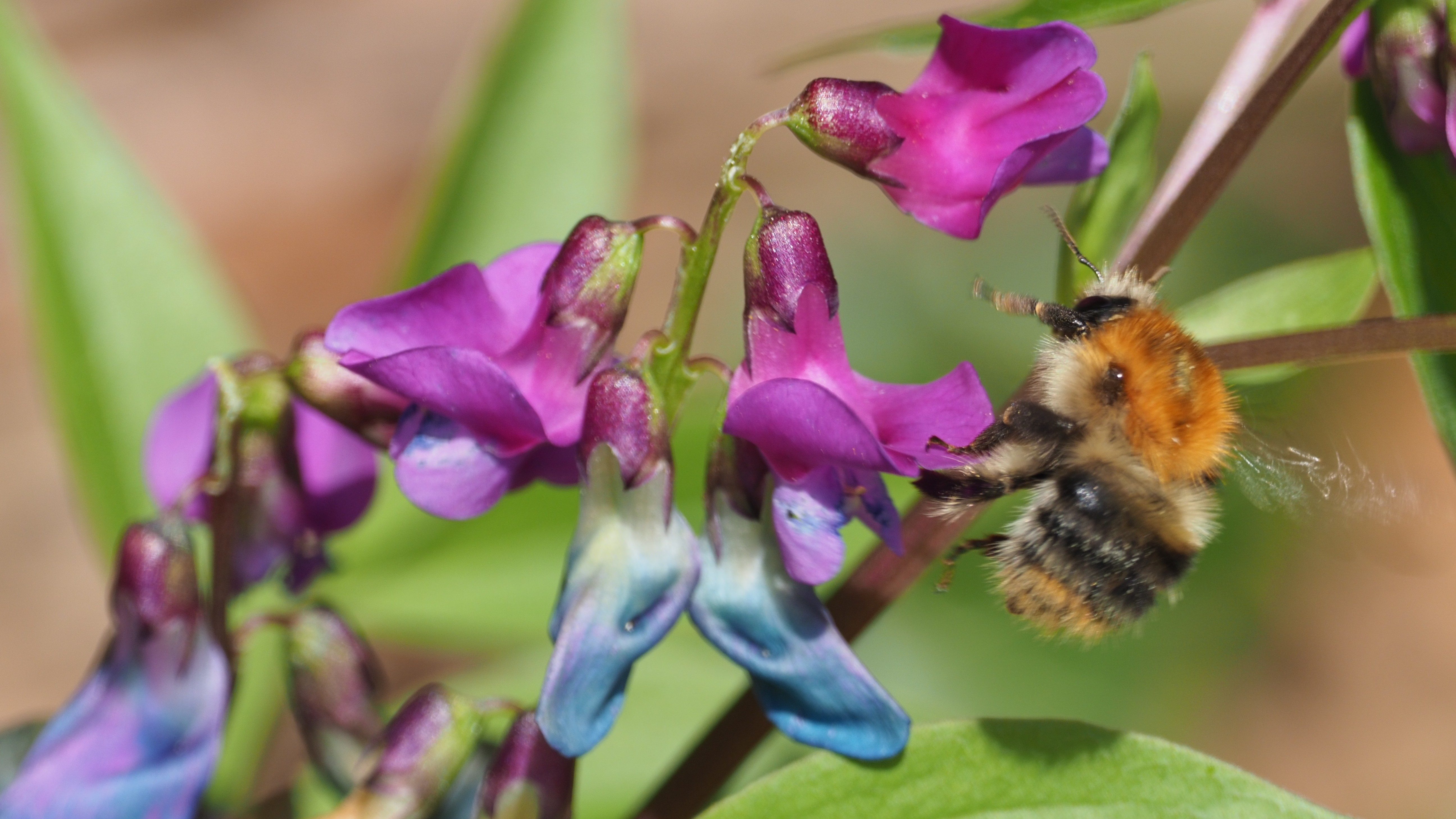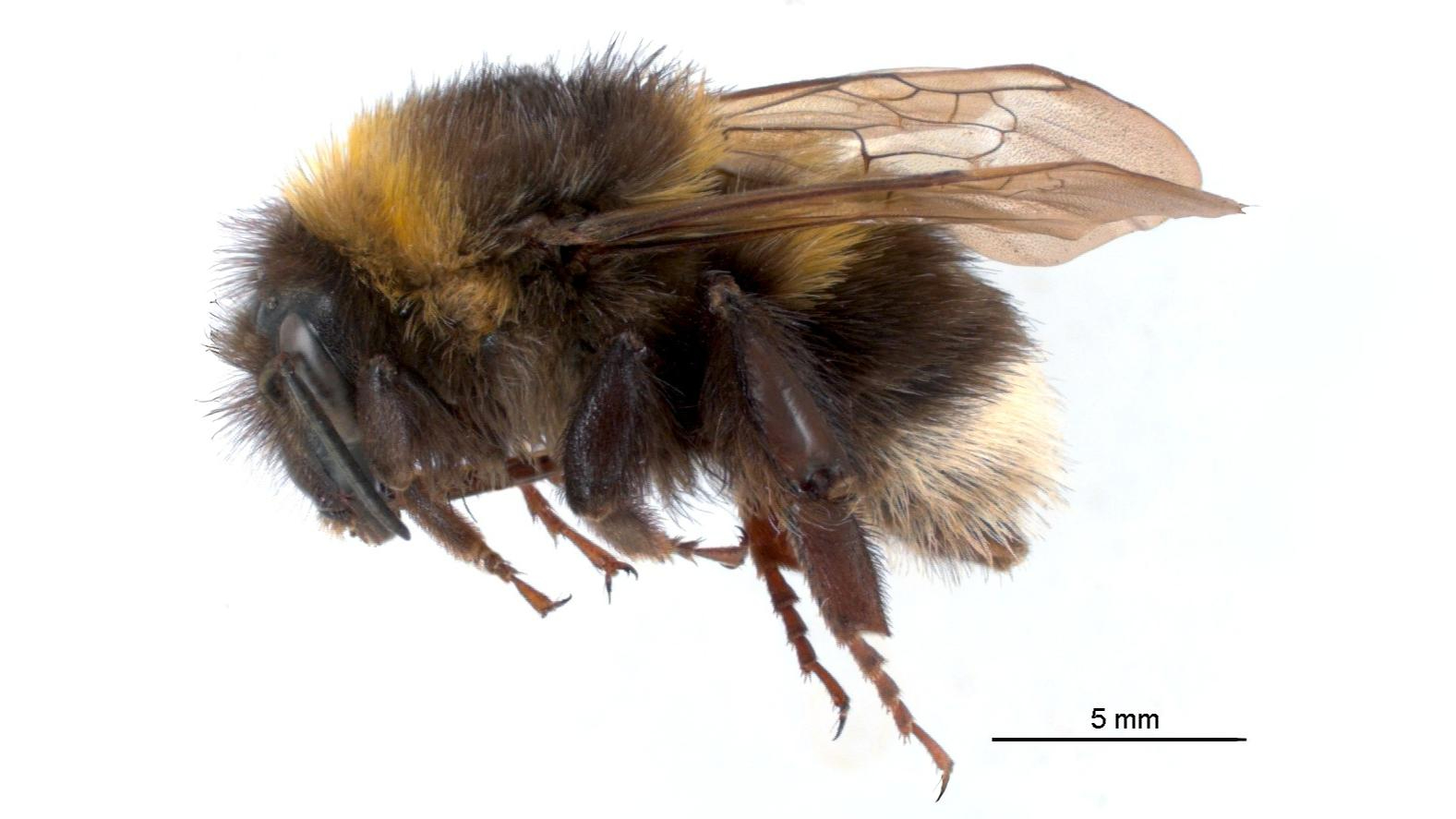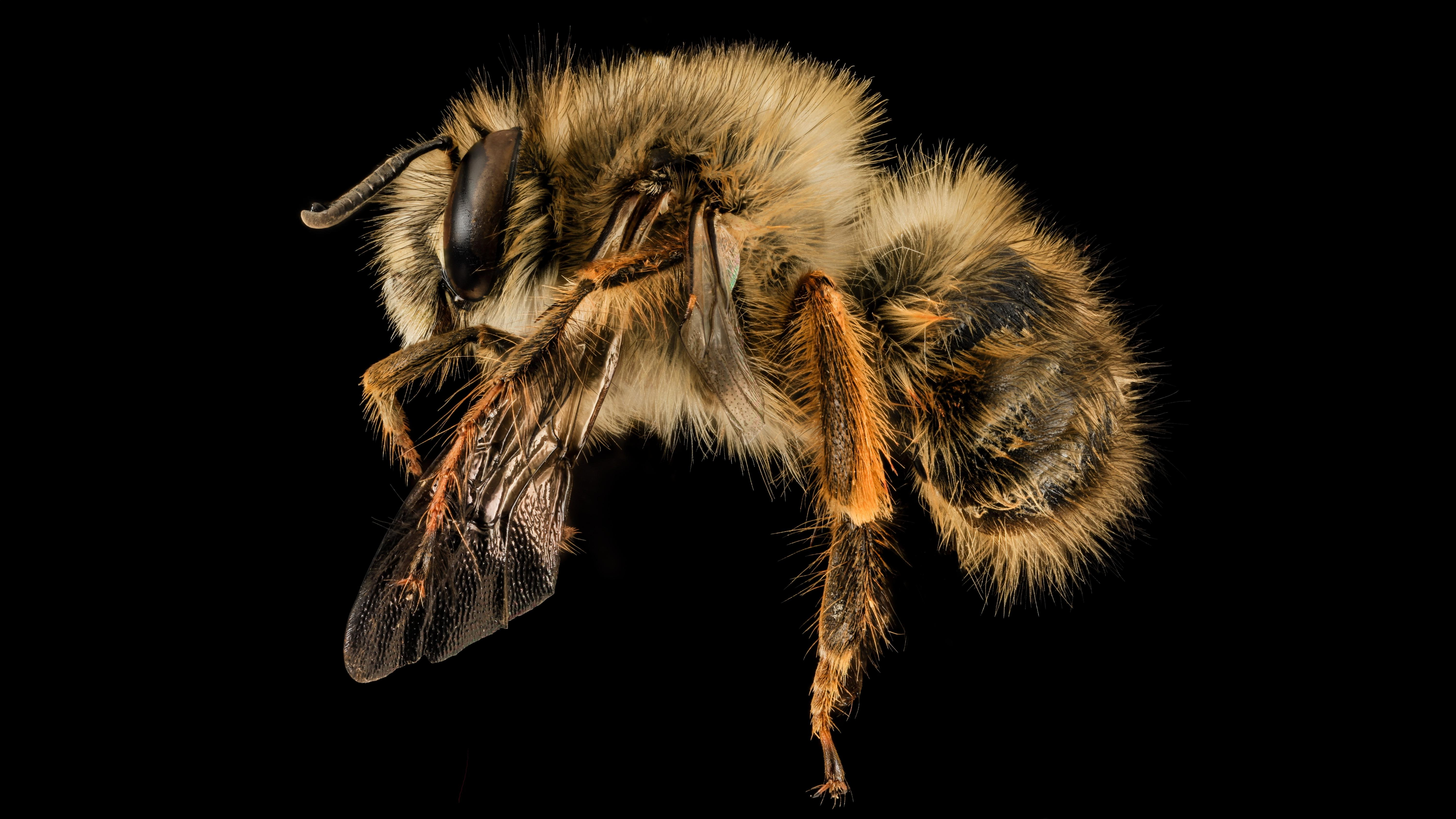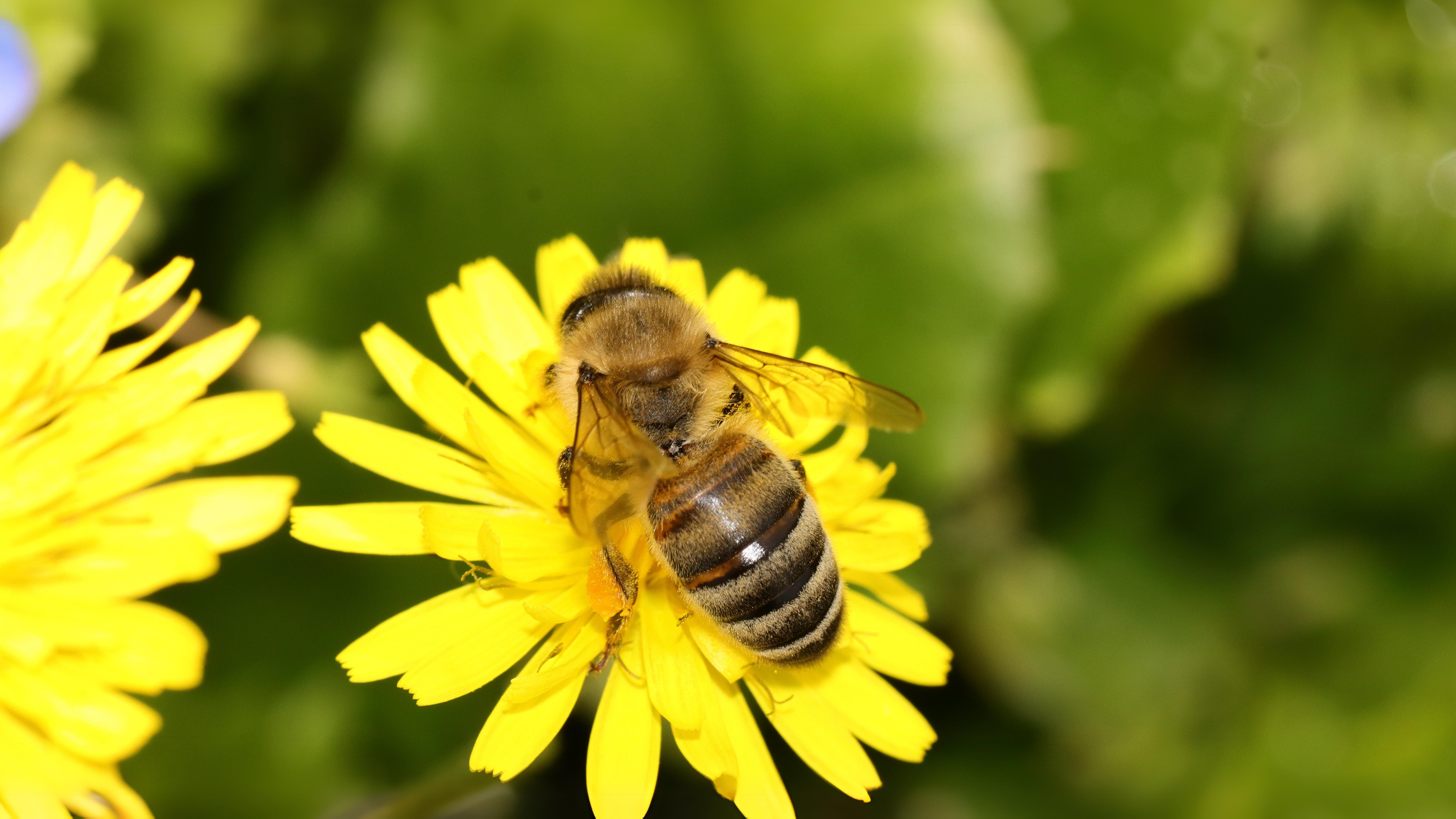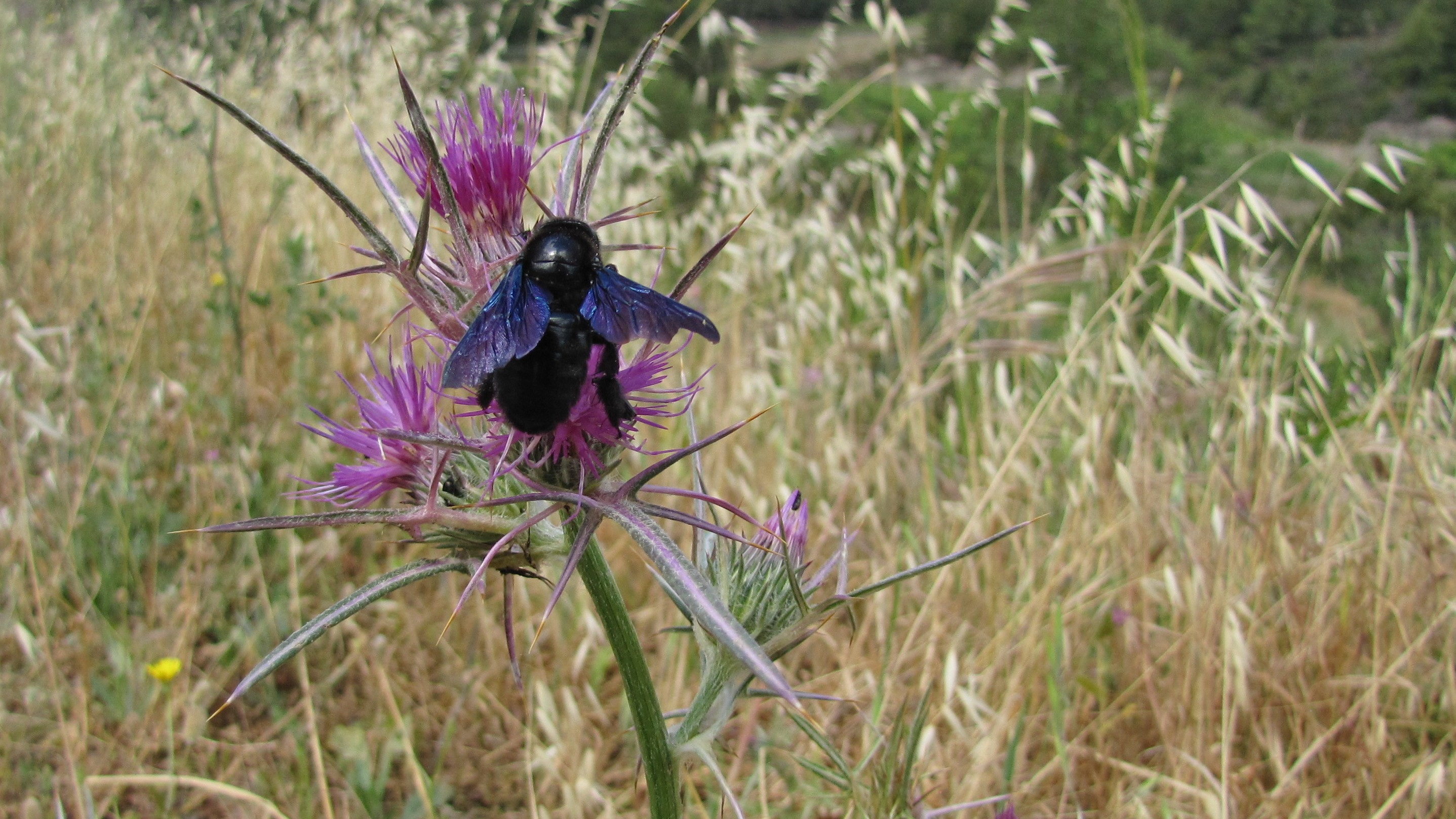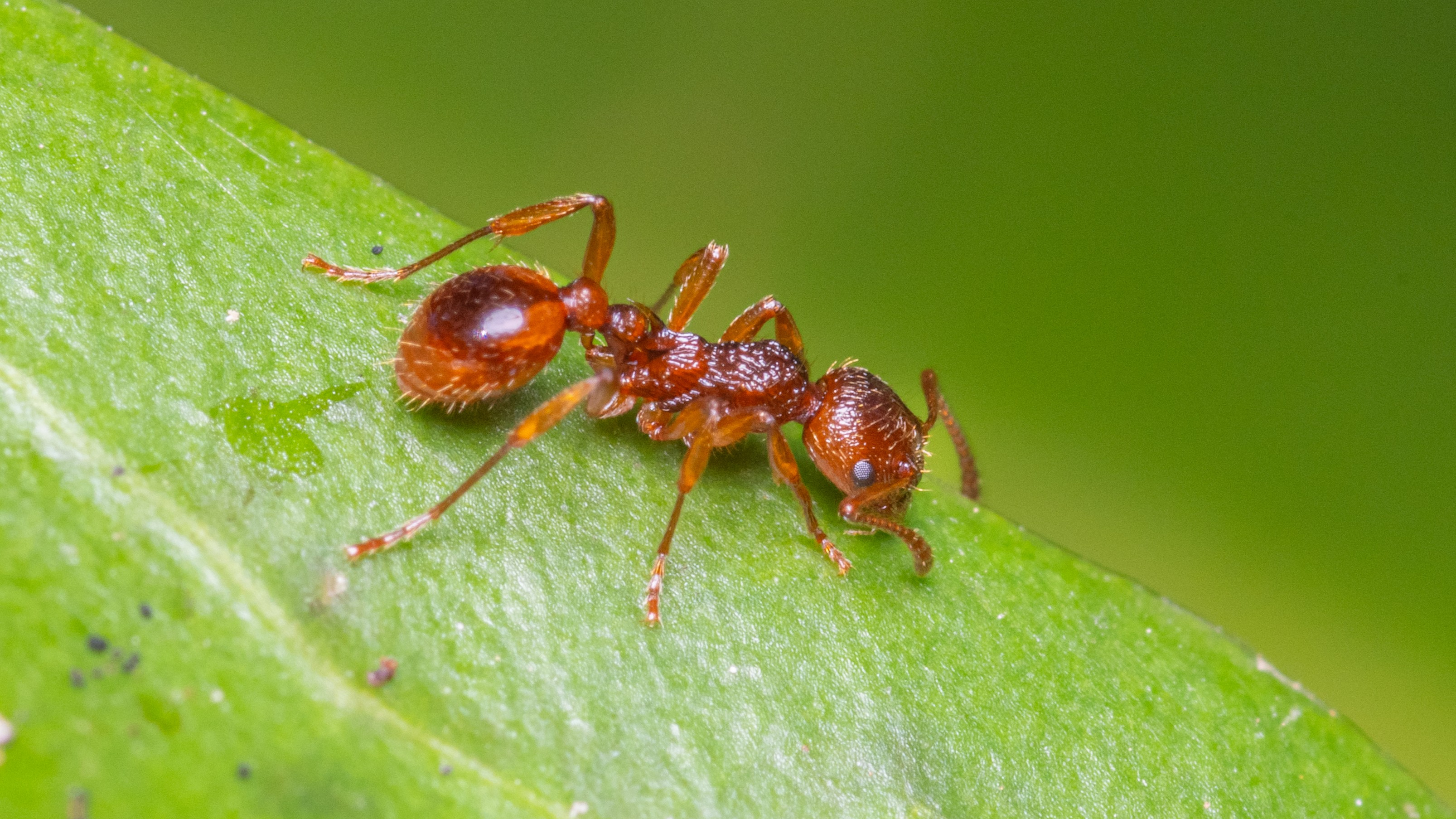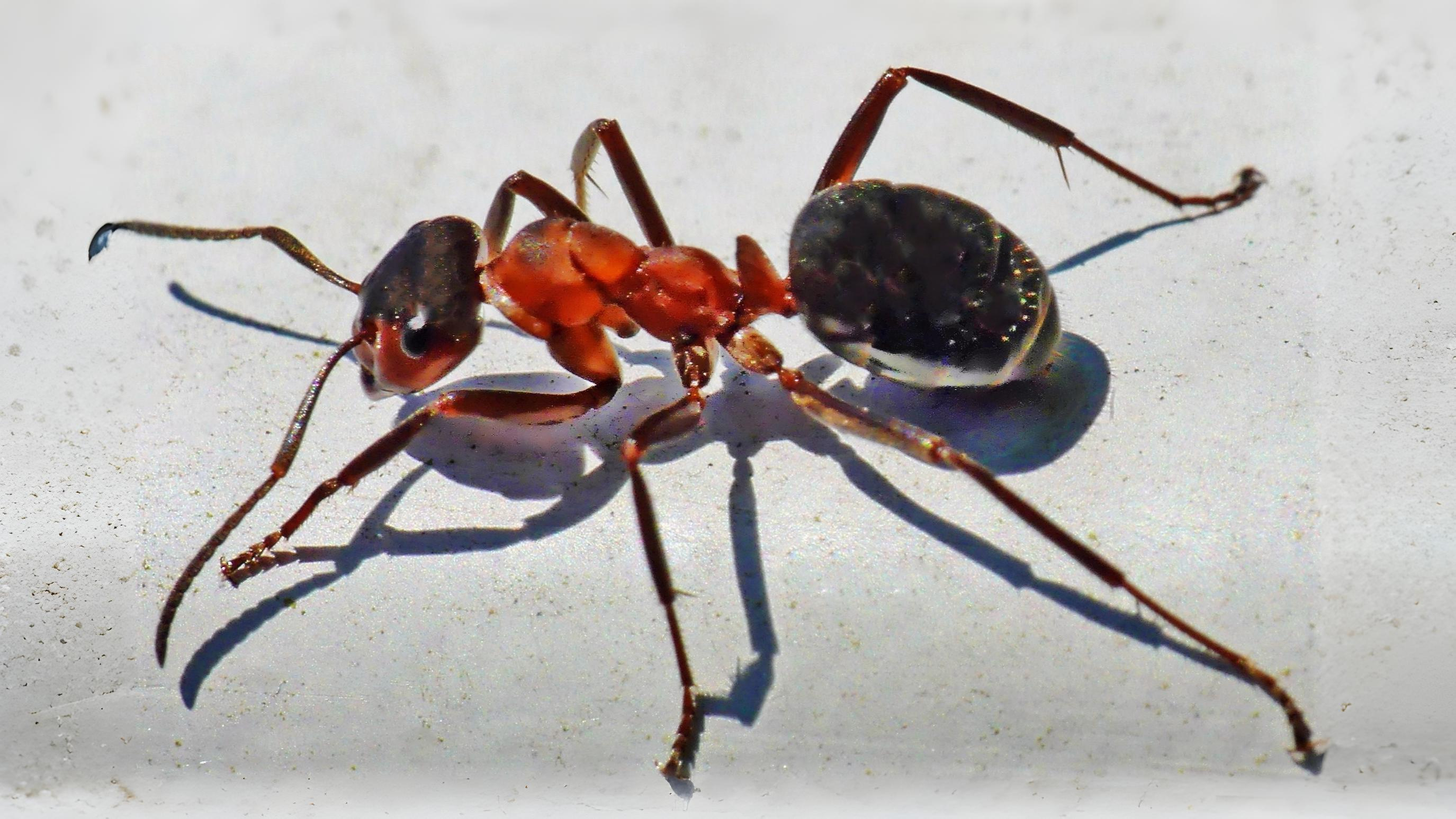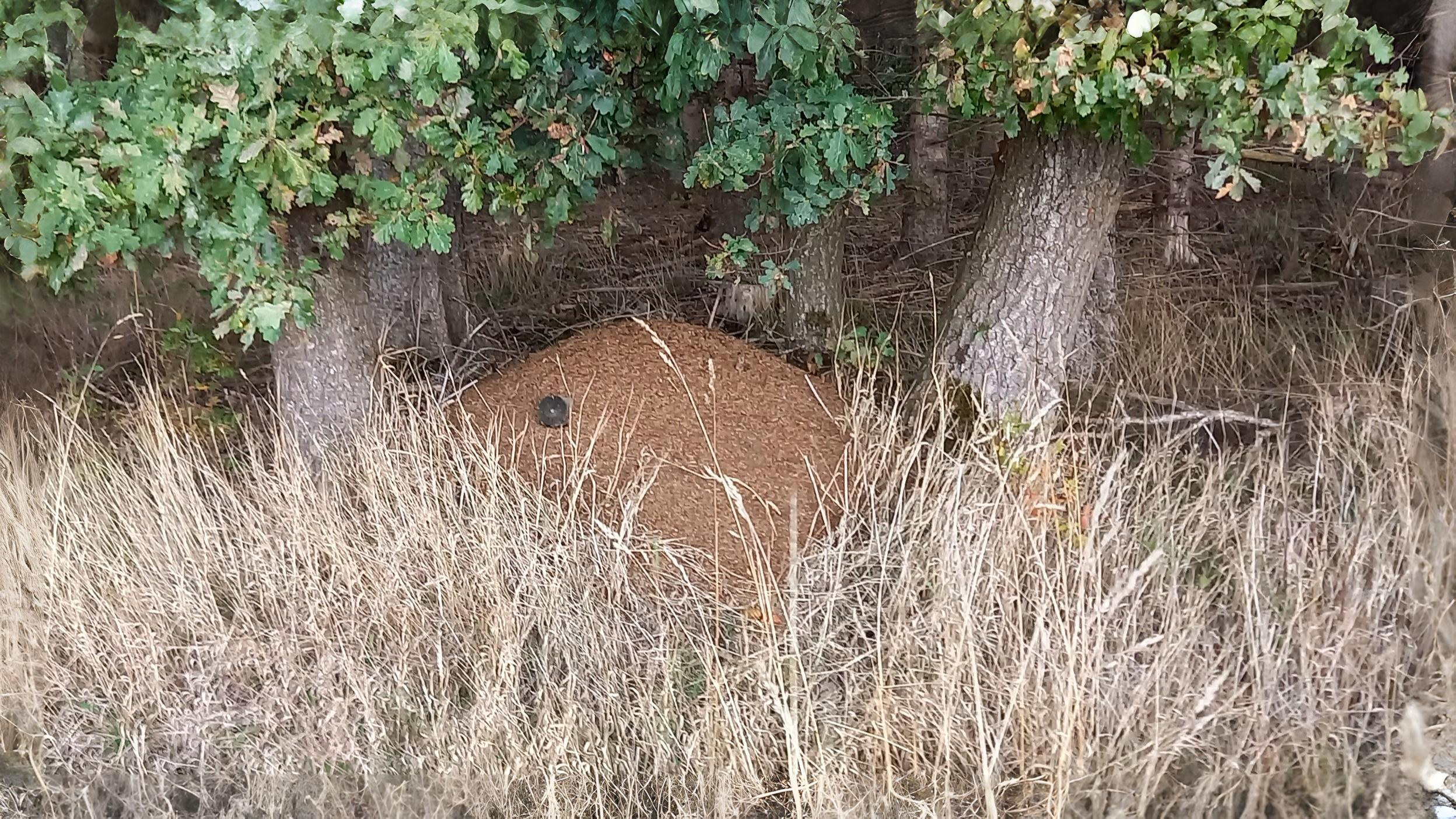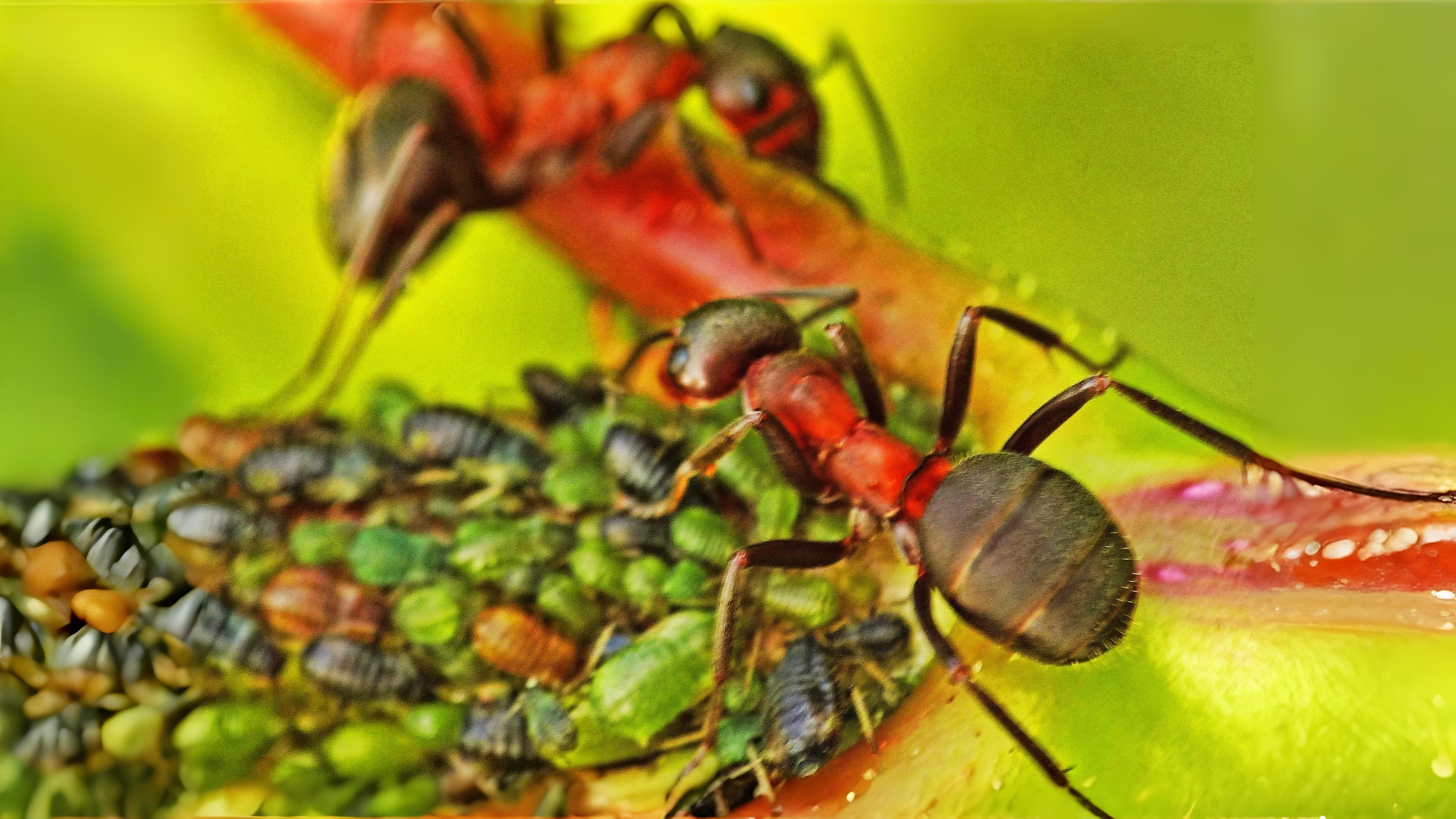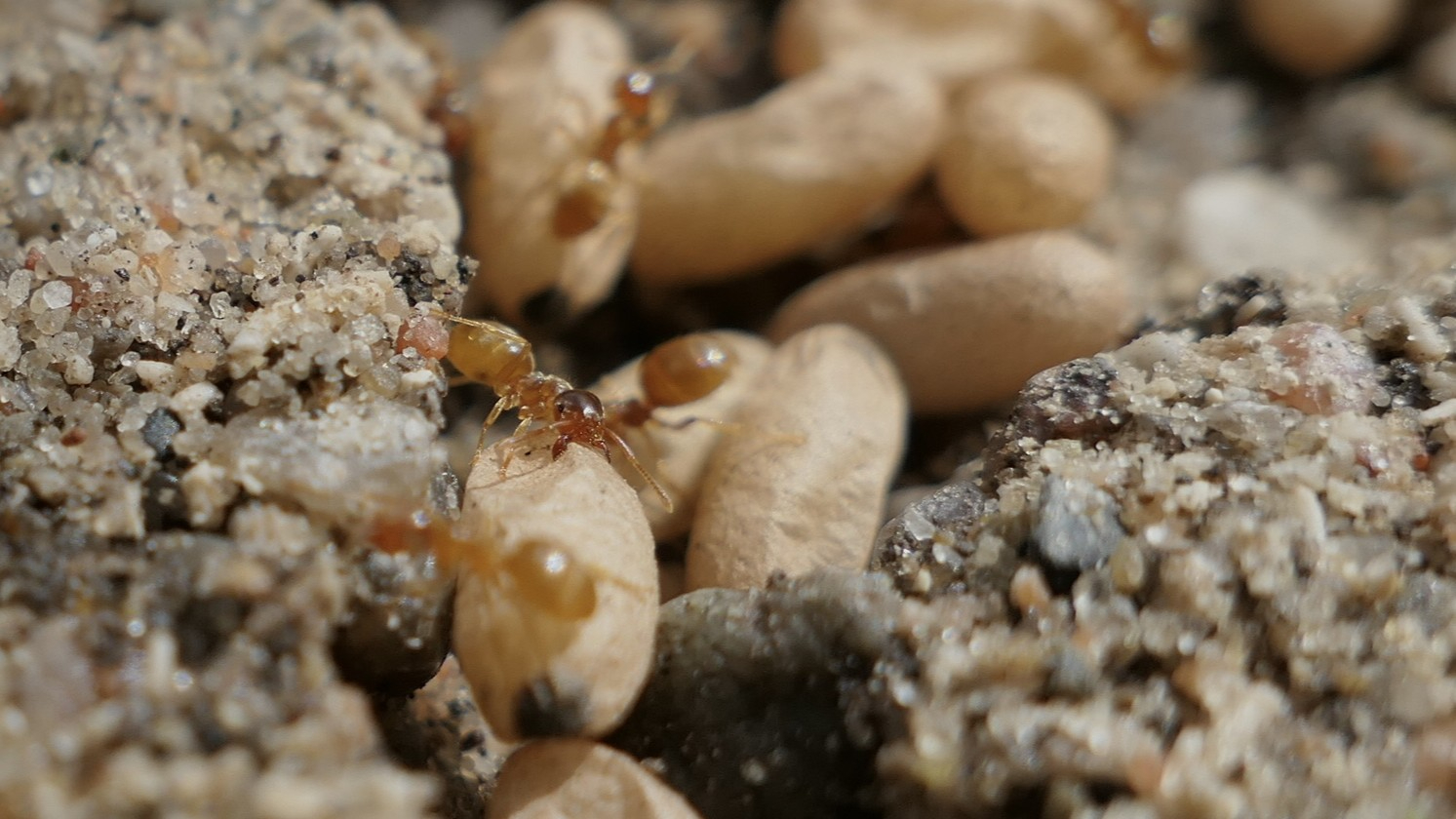. Mining bees look similar, but tend to be seen around sandy banks either digging or entering holes, where they prefer to have their nests. The mason bee Osmia rufa may also be confused, but is redder than a honey bee and has a black head. The male has a white face and the female two small ‘horns’ between her antennae.
There are two hundred and fifty different bees in Britain, and Bushy Park and Mitcham Common are two places where a reasonable number of different species may be seen.
